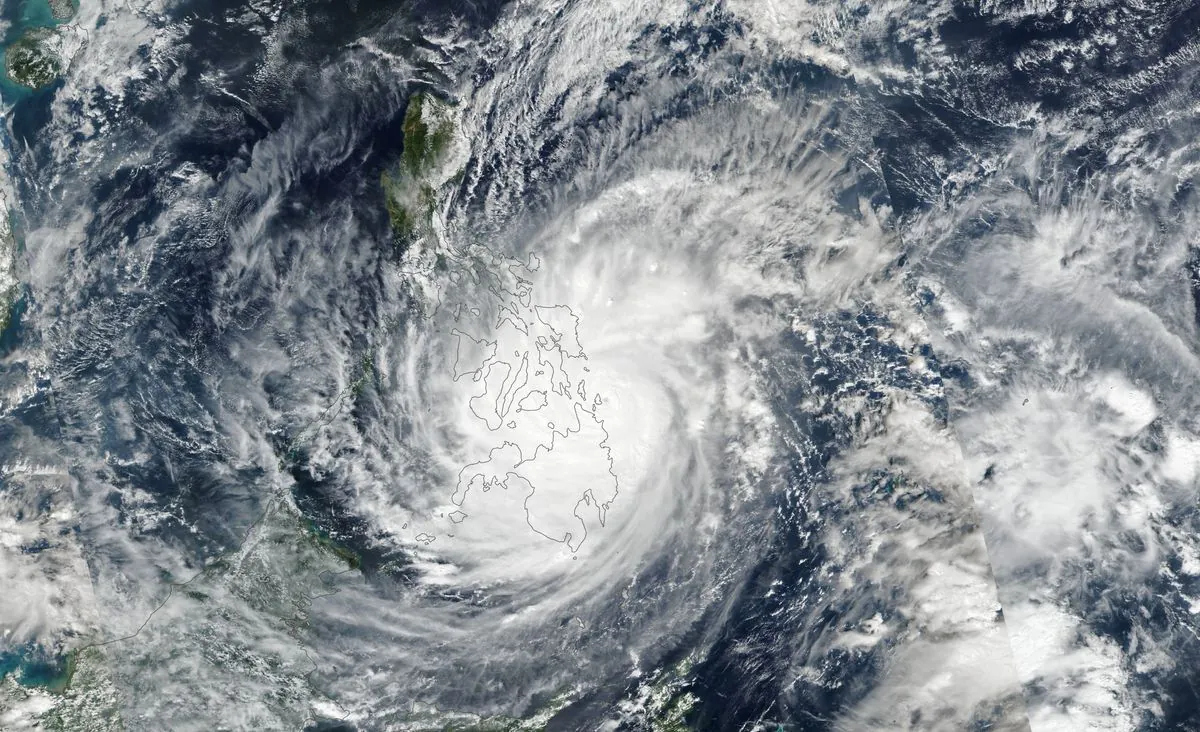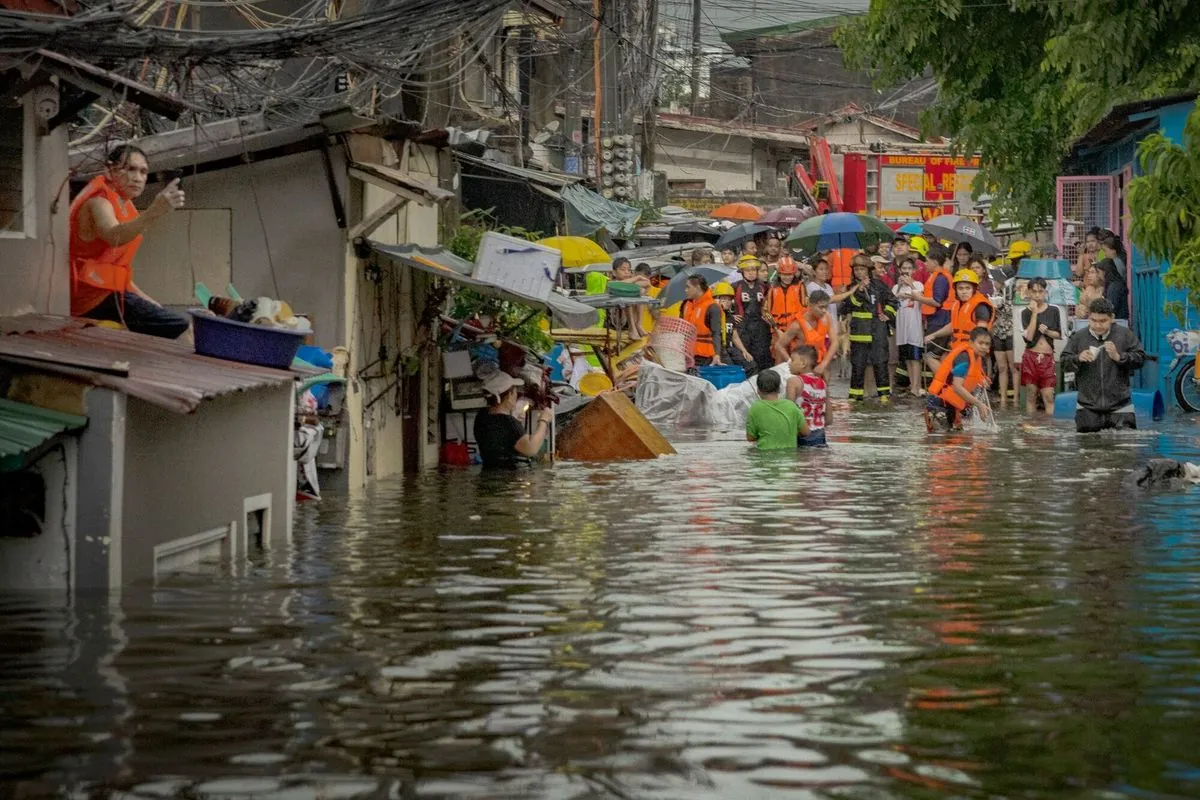Tropical Storm Yagi Floods Northern Philippines, Disrupts Daily Life
Tropical Storm Yagi brings heavy rains to northern Philippines, causing flooding and prompting evacuations. Authorities suspend classes and government work in Manila as the storm moves slowly northwest.

Tropical Storm Yagi, locally known as Enteng, has brought significant rainfall to the northern Philippines, resulting in widespread flooding and disruption of daily activities. The storm, moving at a slow pace of 10 kph (6 mph), has prompted authorities to take preventive measures to ensure public safety.
As of 2024-09-01, Yagi was positioned off the coast of Vinzons, Camarines Norte, southeast of Manila. The storm's sustained winds reached 75 kph (47 mph), with gusts up to 90 kph (56 mph). Meteorologists warn of potential flash floods and landslides in mountainous regions of Luzon, the country's most populous island.
In response to the severe weather conditions, officials have suspended classes at all levels and most government work in Metro Manila. This decision affects millions of residents in the capital region, highlighting the storm's widespread impact.

The Philippine Atmospheric, Geophysical and Astronomical Services Administration (PAGASA), responsible for monitoring and naming tropical cyclones in the country, has issued storm warnings across a large area of Luzon. This proactive approach is crucial, given that the Philippines experiences an average of 20 tropical cyclones annually.
Authorities are particularly concerned about the Marikina River, a major waterway known for causing severe flooding in Metro Manila. Officials sounded sirens to alert thousands of residents along its banks, urging them to prepare for potential evacuation if water levels continue to rise.
"We have successfully evacuated 40 villagers from two flood-affected areas in Northern Samar province. Our personnel used ropes to ensure the safety of residents in waist-high floodwaters."
The storm's effects extend beyond flooding. Maritime authorities have temporarily halted sea travel in several affected ports, stranding approximately 2,400 ferry passengers and cargo workers. Additionally, nearly two dozen domestic flights have been suspended due to the hazardous weather conditions.
Further north, the Ipo Dam in Bulacan province, part of the vital Angat-Ipo-La Mesa water system supplying Metro Manila, is approaching its spilling level. Officials have scheduled a controlled release of water to prevent potential overflow and minimize risks to downstream communities.
The Philippines' geographical location in the Pacific Ring of Fire makes it particularly vulnerable to natural disasters. This region, characterized by frequent seismic and volcanic activity, contributes to the country's susceptibility to various hazards, including tropical cyclones.
The memory of Typhoon Haiyan, which struck the Philippines in November 2013, remains a stark reminder of the devastating potential of these storms. Haiyan, one of the strongest recorded tropical cyclones globally, claimed over 7,300 lives and displaced more than 5 million people in the central Philippines.
As Tropical Storm Yagi continues to affect the northern Philippines, the National Disaster Risk Reduction and Management Council (NDRRMC) coordinates response efforts. The agency's work is crucial in a country where the typhoon season typically peaks from July to October, emphasizing the ongoing need for disaster preparedness and resilience in the face of climate change impacts.


































